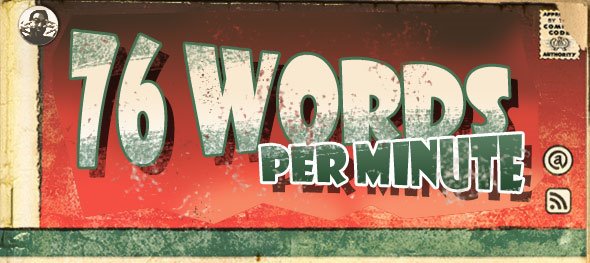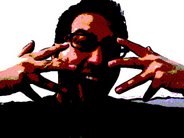Finally, finally, G and I made it to the Los Angeles Museum of Contemporary Art for the most hyped exhibit of the year, " Masters of American Comics." I'd heard about it as early as January and of course had it hyped up by many of my friends who'd already seen it, but hearing about it never compares to seeing the actual exhibit itself. Spanning through those artists considered to be the greatest and most influential of their time, that time being the 20th century, the show attempts to explain how comic books have elevated themselves from pure pulp to something indelible in our pop culture. Informative and entertaining, one unfamiliar with the work may be shocked and perhaps enthralled by the sheer amount of labor and in some cases, the mature content of the curated pieces. Myself, I was terribly inspired.
Having only seen the more contemporary half of "Masters" in the downtown location, the pieces themselves were limited to the actual bound pieces of pulp literature. Featured artists included Robert Crumb, Will Eisner, Jack Kirby, Harvey Kurtzman , Gary Panter, Art Spiegelman, and Chris Ware. IF anyone were to start off properly, they'd start with Eisner and Kirby. Considered two of the most powerful draftsman of the Silver Age, Mr. Eisner and Mr. Kirby are two of the most inspected, idolized, and imitated artists of their time. What's astounding is how different their storytelling method is, yet how effectively they achieve their goal. Slathered with liberal amounts of ink, Eisner can be described as noir on page, while Kirby's art almost jumps off the page in its epic scale. Both utilize their skills to powerful effect and there is no better way to understand the more unique aspects of graphic storytelling than by seeing each panel carefully laid out before you.
Chronologically, Mr. Kurtzman is a contemporary of both Eisner and Kirby, but oftentimes an overlooked contributor to his era. Partly because the comics he created were not as iconic, but more because of the dismemberment of his parent company, Kurtzman is most well-known for his contribution to the very first rendition of Mad Magazine than for his actual artistry. Seeing his actual inked illustrations framed and behind glass, it truly is a shame he is not more appreciated. From horror to war stories, is almost grotesque approach is shocking in its glamor. Nowhere else will you see an infantryman ripped to shreds placed next to Little Annie Fanny.
The modern masters themselves, Mr. Spiegelman, Mr. Crumb, Mr. Panter, and Mr. Ware are relegated on the outskirts of the opening rooms which include Eisner, Kirby, and Kurtzman. Almost like branches extruded from the same source, with Ware's stump being Eisner and Crumb's being Kurtzman, these artists own a large part of creating new literature through the graphic medium. Spiegelman and Panter both have much to owe to Kirby and Kurtzman themselves having been drawn from the same inkwell emotionally and artistically. Each of the more contemporary works are striking in their originality, with Spiegelman's biographical emotive impact, Panter's surreal landscapes, Crumb's madcap subversiveness, and Ware's meticulous inventions. Describing each in full detail would drive this column into new territory, so I'll refrain for now and rather will remark that their work is not seen as much as it is experienced.
If there is time, we're going to try and catch Round Two of the exhibit currently taking place at the Hammer Museum. This time, the focus is on the grandfathers of the modern era, those who dabbled in newspaper strips of a bygone age. Imagine, when was the last time you read a comic strip? Then again, when was the last time most people read a comic book in the first place? Catch it this week while it's still here, "Masters" is gone by March 12.
Subscribe to:
Post Comments (Atom)


2 comments:
It's all about Chris Ware. I am ashamed to admit I didnt't know much of his work, but I was truly inspired by the section of the exhibit especially!
Kurtzman did it for me. Mostly because I felt his work's been overlooked. Perhaps the most effective response was Grace telling me that "they all made mistakes." When I get over that, then maybe I'll be more productive...
Oh, and shame on you for not being too familiar with Chris Ware. I may have to lend you my "Jimmy Corrigan" hardback.
Post a Comment